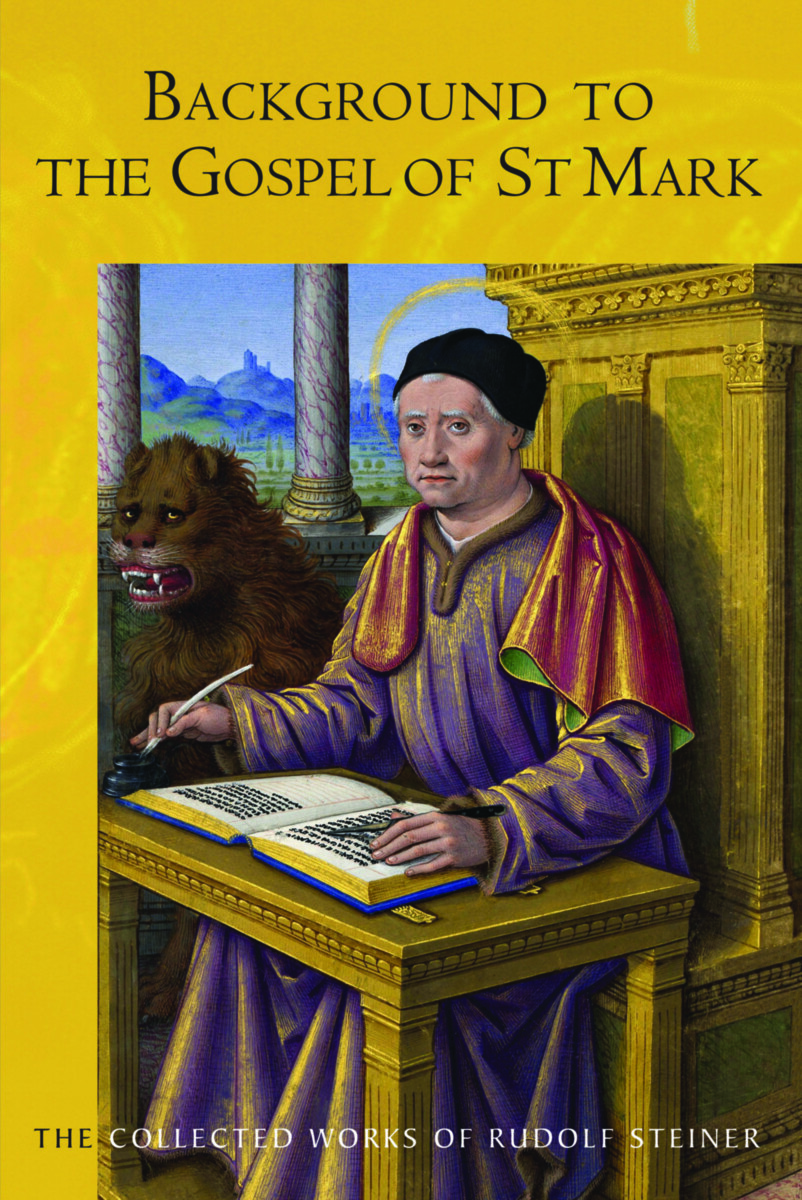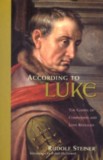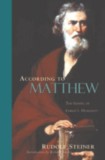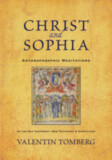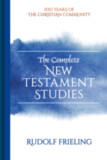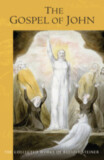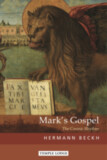Background to the Gospel of St. Mark Edition 2 Revised
(CW 124)
Introduction by Robert A. McDermott
Translated by E. H. Goddard and Dorothy S. Osmond
Revised by Frederick Amrine
Contributions by Margot Amrine
- Publisher
Rudolf Steiner Press - Published
26th September 2023 - ISBN 9781855846593
- Language English
- Pages 294 pp.
- Size 5.5" x 8.5"
13 lectures, various locations, Oct. 17, 1910 – June 10, 1911 (CW 124)
“Christianity was bound at first to be a matter of faith and is only now beginning, very gradually, to be a matter of knowledge.” — Rudolf Steiner
Rudolf Steiner gave seventy lectures on the four canonical Gospels, characterizing the distinctive contribution of each of the evangelists. The Gospel of Mark is a “cosmic” text that calls for an astronomical, as well as a human, reading. It is also critical for understanding the evolution of Christianity, which depends on knowledge of “the Mystery of Golgotha” (Christ’s Crucifixion, Resurrection, And Ascension). “We are only at the beginning of Christian evolution,” Steiner states, reiterating that its further development will depend on spiritual knowledge. To develop such cognition, “most important of all is reverence for the great truths and the feeling that we can approach them only with awe and veneration.”
Many profound spiritual truths are indeed revealed in these lectures.
“The individuality who had lived in Elijah was reborn as John the Baptist, who, like his predecessor, announced the incarnation of Christ. John, prophet of the Aquarian constellation, announced the divine ‘I’ who would lead humanity to the Pisces incarnation. Whereas John the Baptist could look through the material Earth into the Aquarius initiation, Jesus of Nazareth had been prepared for the Pisces initiation and through it was able to receive the Christ into himself. Once united with Jesus by the Baptism in the Jordan, Christ was able to baptize with the Holy Spirit. Jesus Christ drew to Himself those who were seeking a Pisces initiation.” — Robert McDermott (introduction)
Topics include: Mystery Teachings in St Mark’s Gospel; The Son of God and the Son of Man; The Symbolic Language of the Macrocosm; The Moon-religion of Yahweh; and The Penetration of the Buddha-Mercury Stream into Rosicrucianism.
This thoroughly revised edition includes notes and appendices by Frederick Amrine and an extensive introduction by Robert McDermott.
This volume is a translation from German of Exkurse in das Gebiet des Markus-Evangeliums (GA 124). Cover image: Saint-Marc (ca.1505), by Jean Bourdichon (1477–1514); Bibliothèque nationale de France.
C O N T E N T S:
Introduction by Robert McDermott
1. On the Investigation and Communication of Spiritual Truths
2. Higher Knowledge and the Human Being’s Life of Soul
3. The Tasks of the Fifth Post-Atlantean Epoch
4. The Symbolic Language of the Macrocosm in the Gospel of St. Mark
5. The Two Main Streams of Post-Atlantean Civilization
6. The Son of God and the Son of Man: The Sacrifice of Orpheus
7. The Higher Members of the Human Being’s Constitution
8. Laws of Rhythm in the Domain of the Soul and Spirit
9. The Moon Religion of Yahweh and Its Reflection in Arabism
10. Rosicrucian Wisdom in Folk Mythology
11. Kyrios, the Lord of the Soul
12. Mystery Teaching in St. Mark’s Gospel
13. The Voice of the Angelos and the Speech of the Exousiai
Appendices
1. Goethe
2. The Hierarchies
3. The Etheric and the Astral Bodies
4. Cosmic Evolution
5. Ahriman and Lucifer
6. Platonism and Aristotelianism
7. Kant
8. Franz Brentano
9. Michelangelo (by Margot Amrine)
10. Raphael
11. Ernst Haeckel
Rudolf Steiner’s Works
Significant Events in the Life of Rudolf Steiner
Index
Rudolf Steiner
Rudolf Steiner (b. Rudolf Joseph Lorenz Steiner, 1861–1925) was born in the small village of Kraljevec, Austro-Hungarian Empire (now in Croatia), where he grew up. As a young man, he lived in Weimar and Berlin, where he became a well-published scientific, literary, and philosophical scholar, known especially for his work with Goethe’s scientific writings. Steiner termed his spiritual philosophy anthroposophy, meaning “wisdom of the human being.” As an exceptionally developed seer, he based his work on direct knowledge and perception of spiritual dimensions. He initiated a modern, universal “spiritual science” that is accessible to anyone willing to exercise clear and unbiased thinking. From his spiritual investigations, Steiner provided suggestions for the renewal of numerous activities, including education (general and for special needs), agriculture, medicine, economics, architecture, science, philosophy, Christianity, and the arts. There are currently thousands of schools, clinics, farms, and initiatives in other fields that involve practical work based on the principles Steiner developed. His many published works feature his research into the spiritual nature of human beings, the evolution of the world and humanity, and methods for personal development. He wrote some thirty books and delivered more than six thousand lectures throughout much of Europe. In 1924, Steiner founded the General Anthroposophical Society, which today has branches around the world.


